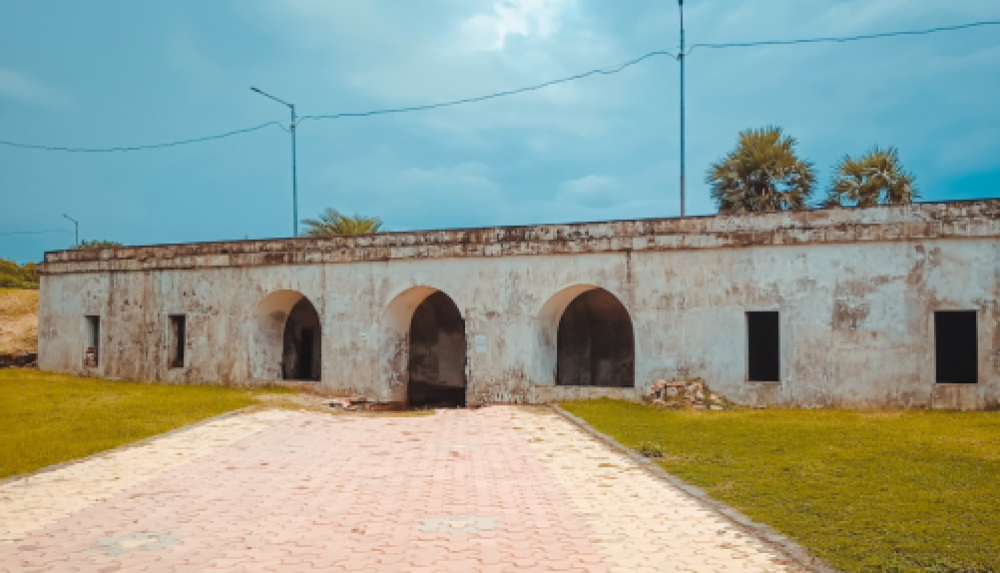

The Potagarh Fort, nestled in the Ganjam district near Berhampur in Odisha, India, stands as a testament to the region's rich historical legacy. The term 'Potagarh' translates to "buried fort" in the local language, and true to its name, the remains of the fort sit entrenched within the folds of time and nature. With its origins tracing back to the early 18th century, the fort was initially constructed under the British East India Company's supervision, which is indicative of its colonial architectural influences.
Founded on the banks of the Rushikulya River, Potagarh Fort served as an important military and administrative outpost for the British. Over the years, the fort has also seen the presence of French and Dutch settlers, adding layers to its historical significance. Although the fort has undergone wear and tear due to the ravages of time, its remnants continue to attract history buffs and tourists alike, seeking to explore its past grandeur.
Tourism at Potagarh Fort has evolved gradually. Initially, it attracted mainly local visitors and scholars interested in exploring the ancient ruins and learning about the historical confluence of different colonial powers in the region. Over the years, consistent efforts by the government and local communities to promote Odisha's cultural heritage have led to increased awareness and interest in historical sites such as Potagarh Fort.
With the development of better infrastructure and a focus on the conservation of heritage sites, Potagarh has seen a steady rise in tourism numbers. Although still considered a hidden gem compared to more prominent Indian tourist destinations, Potagarh Fort has established itself as an important stop for those touring the eastern coastline of India.
In recent years, the latest trend in tourism at Potagarh Fort and the surrounding area has been toward sustainable and eco-friendly tourism practices. There is a growing recognition of the importance of preserving the site's historical and ecological significance while accommodating tourists.
Additionally, experiential tourism, which allows visitors to immerse themselves in the local culture, history, and environment, has also gained popularity. This includes participating in local festivals, trying out traditional Odia cuisine, and engaging with the storytelling of Potagarh's past. The focus on such authentic experiences helps in creating a more impactful and memorable visit.
Another emerging trend is the digital documentation and virtual representation of historical sites. Efforts are being made to digitize the experience of visiting Potagarh Fort, enabling those who cannot travel to the site to explore its history online.
Lastly, adventure tourism in the region is on the rise, with visitors combining their historical tours with activities like river rafting on the Rushikulya river and trekking in the nearby areas, adding an element of thrill to their cultural explorations.
Potagarh Fort continues to be a symbol of the past, bridging the gap between history and modernity, and serving as a conduit through which visitors can glean insights into the complex colonial narratives of Odisha.